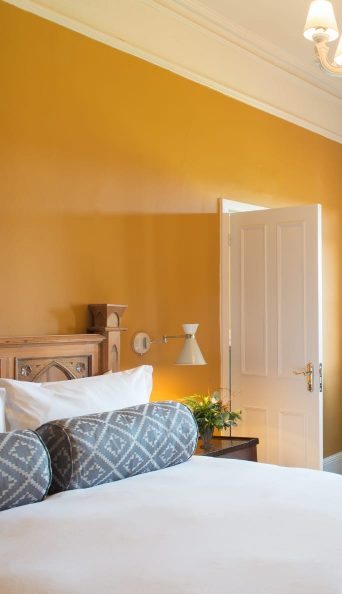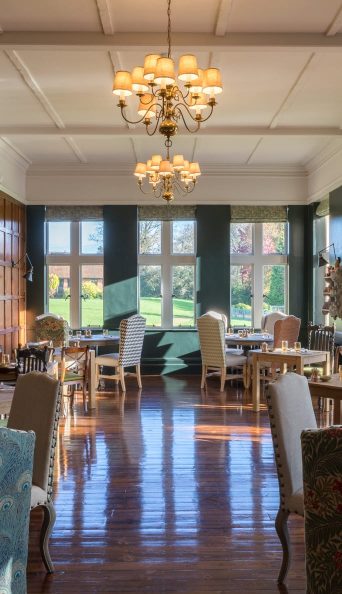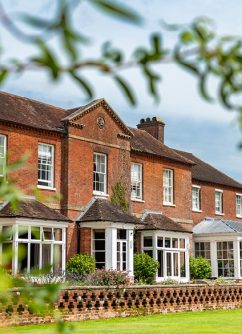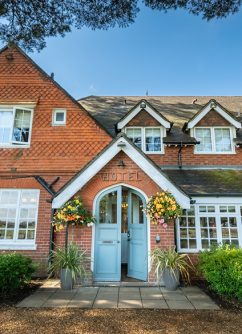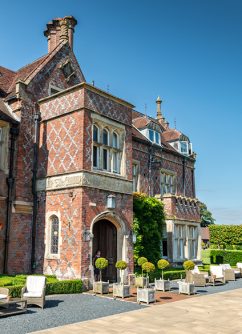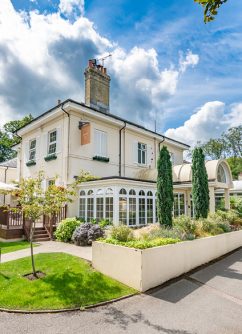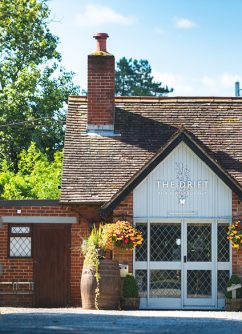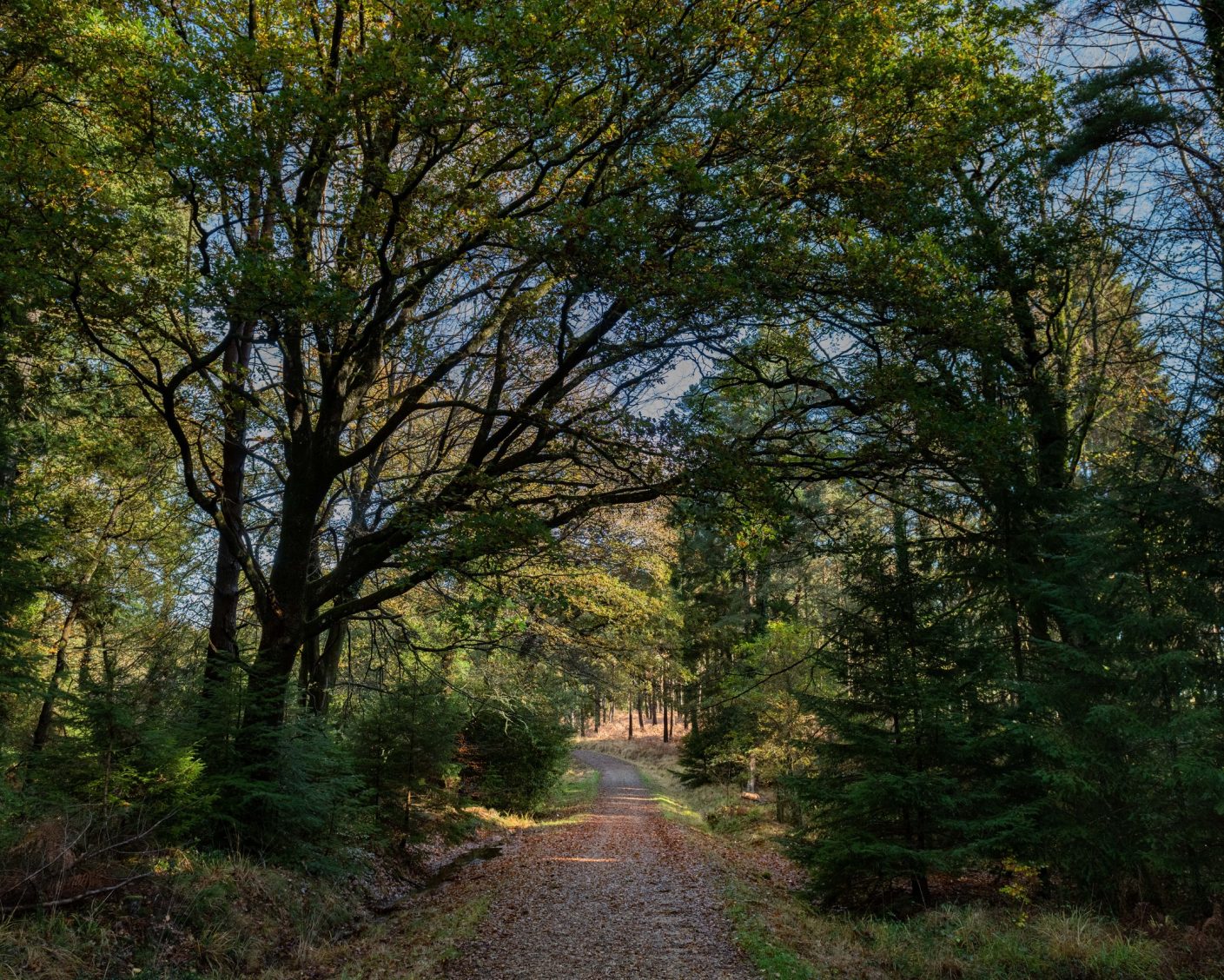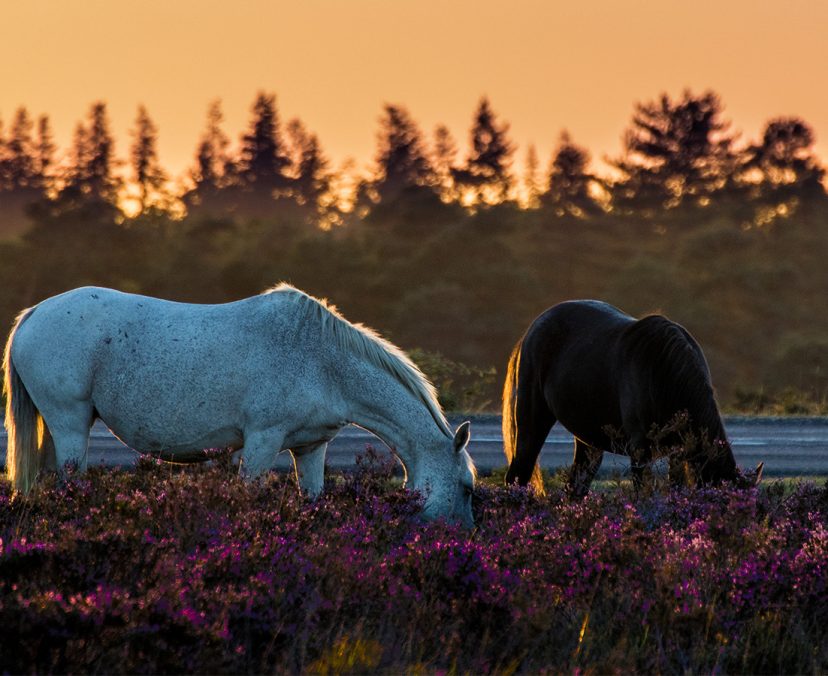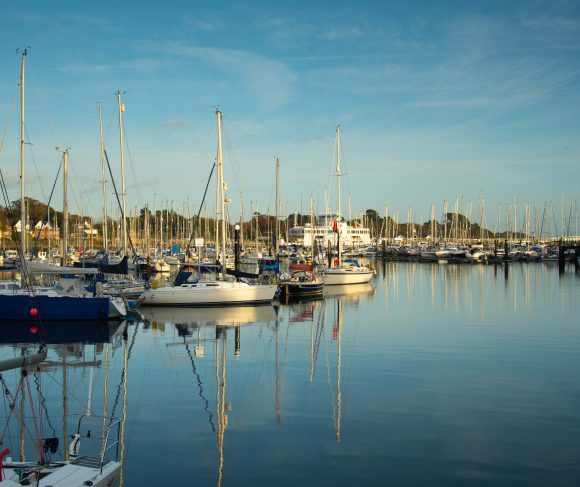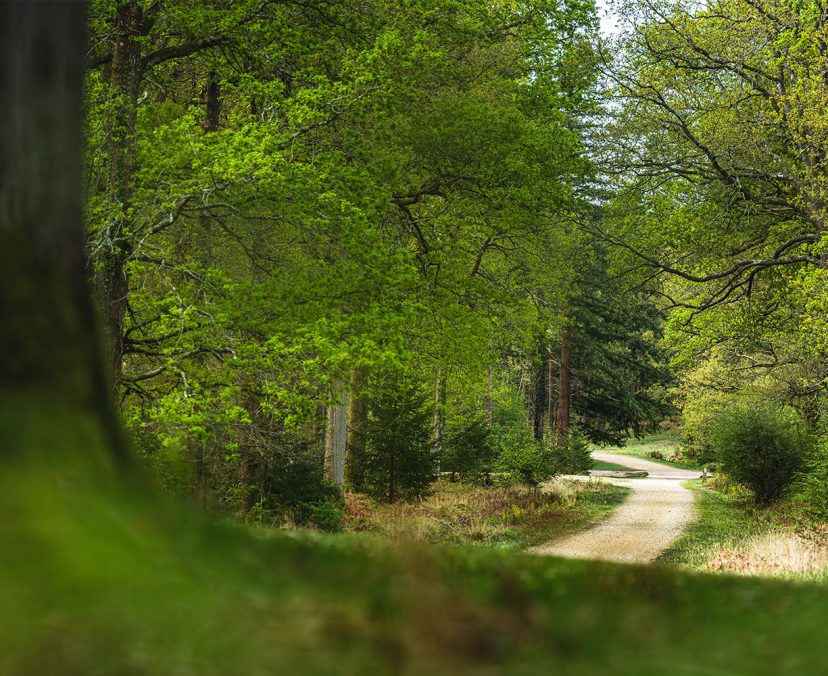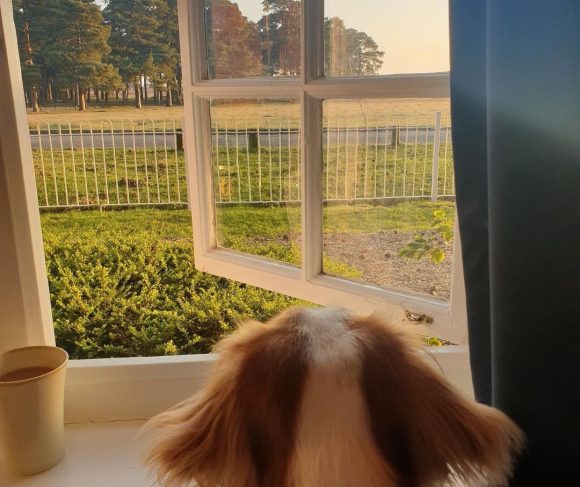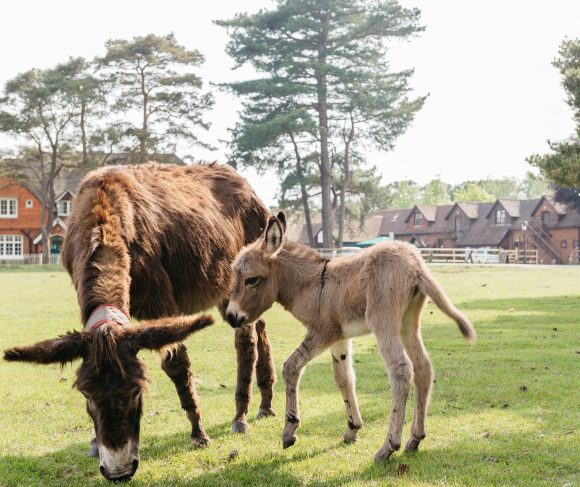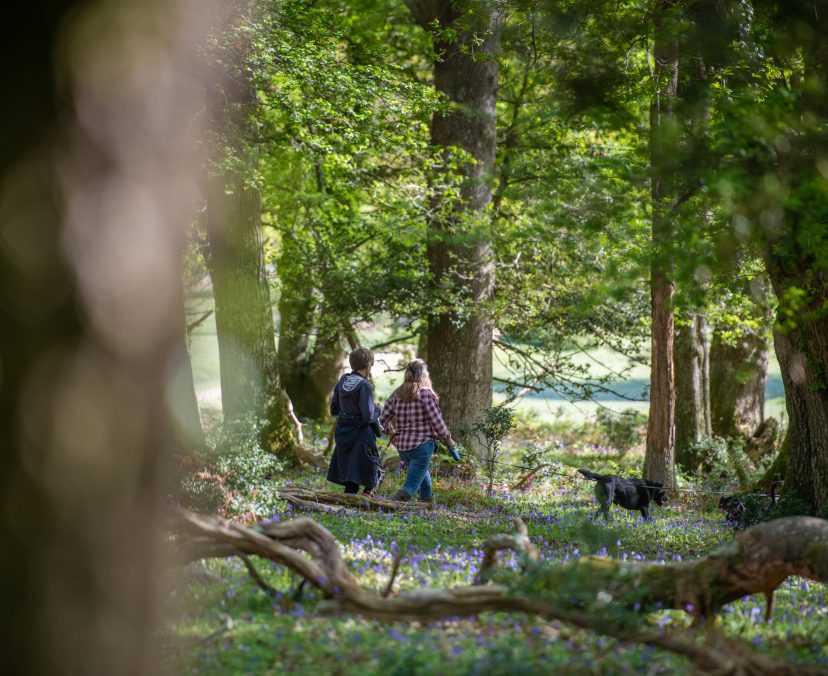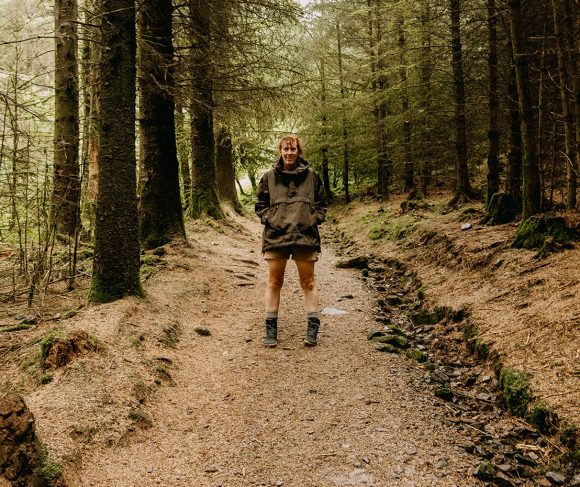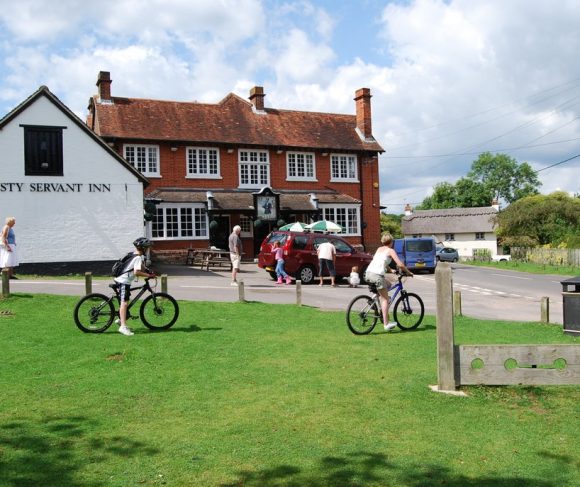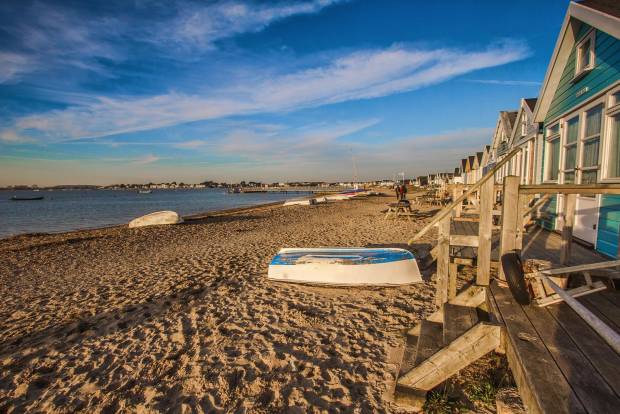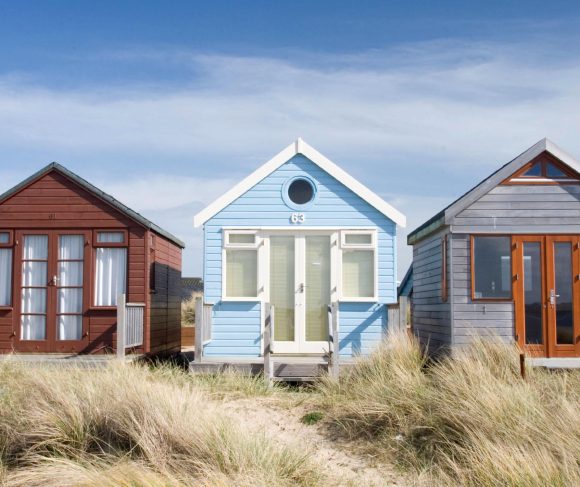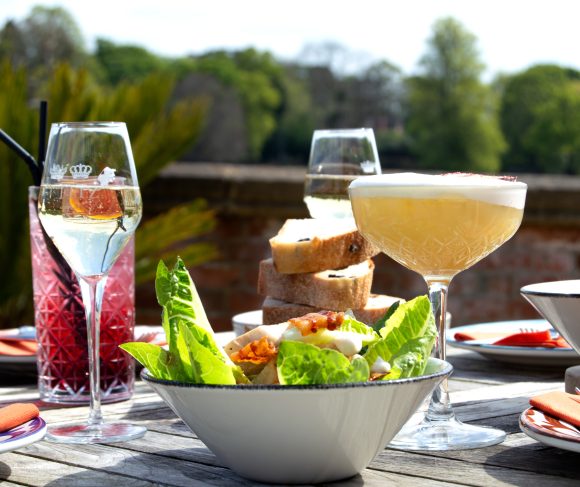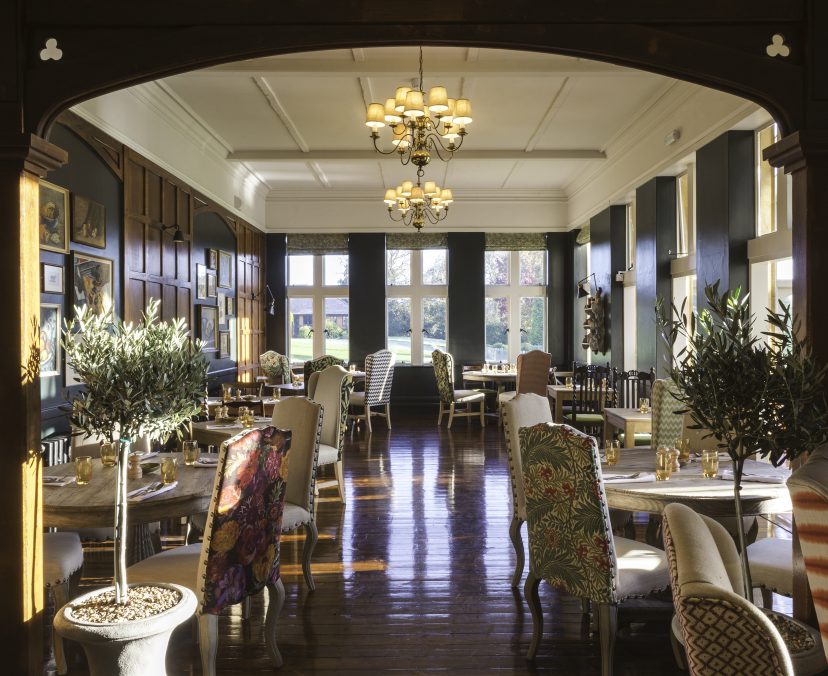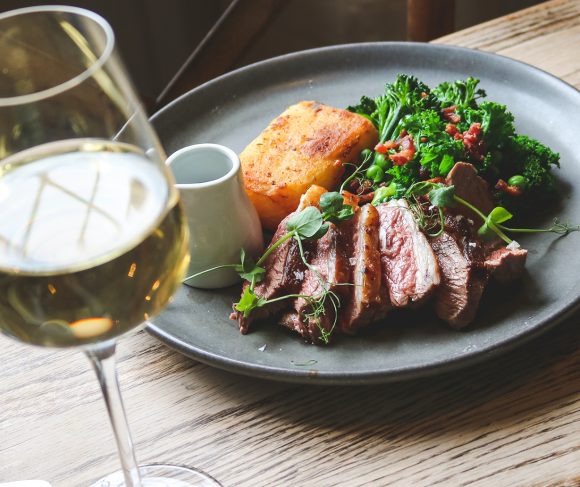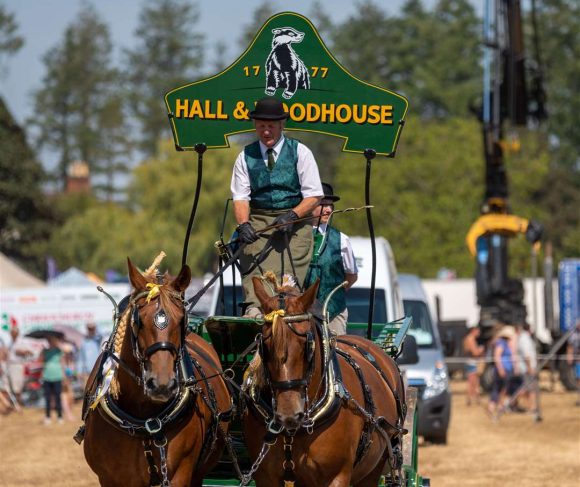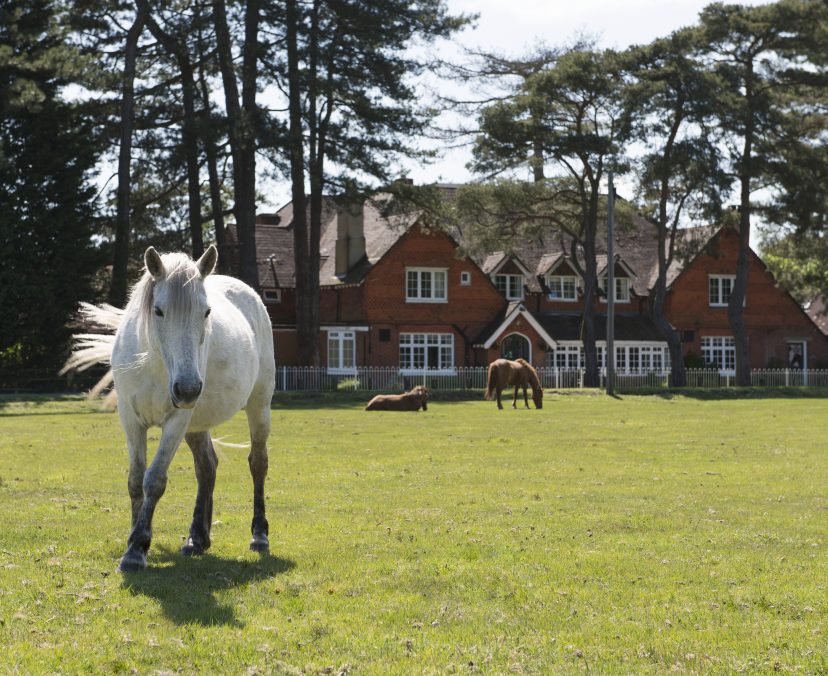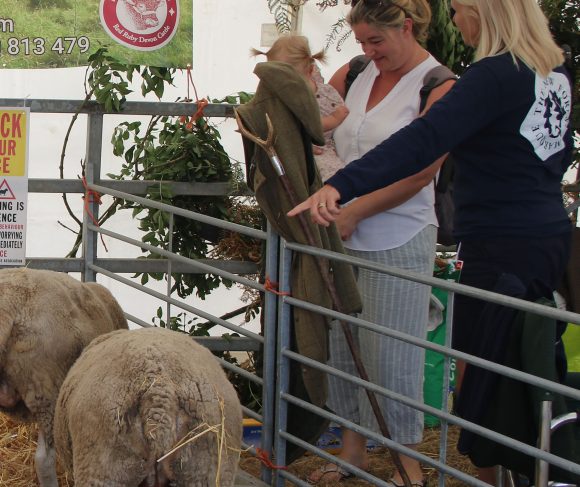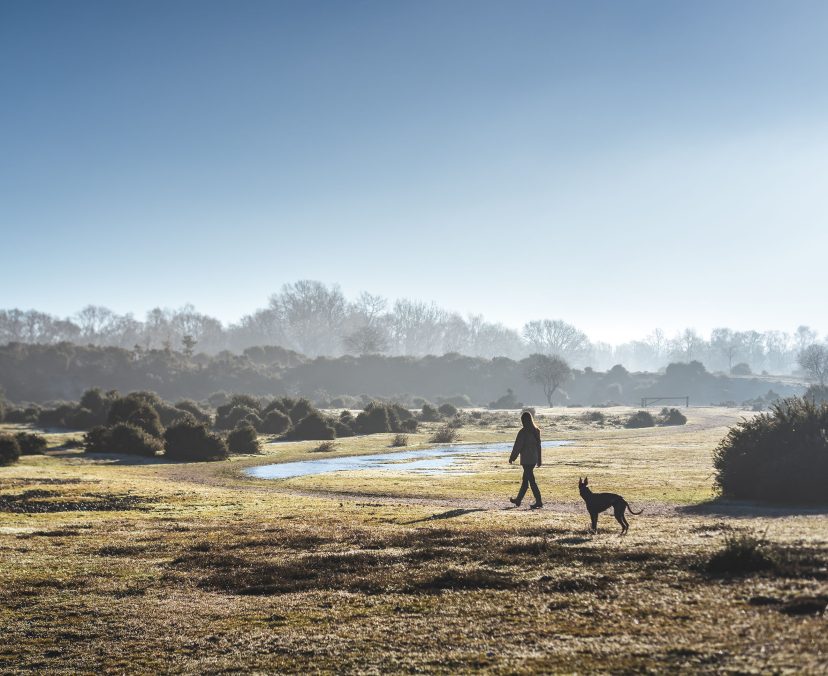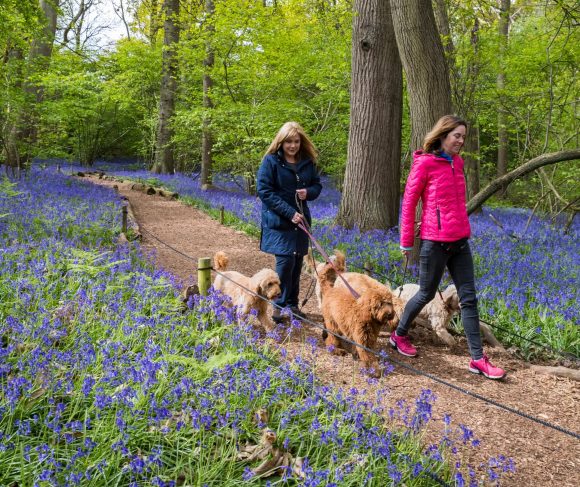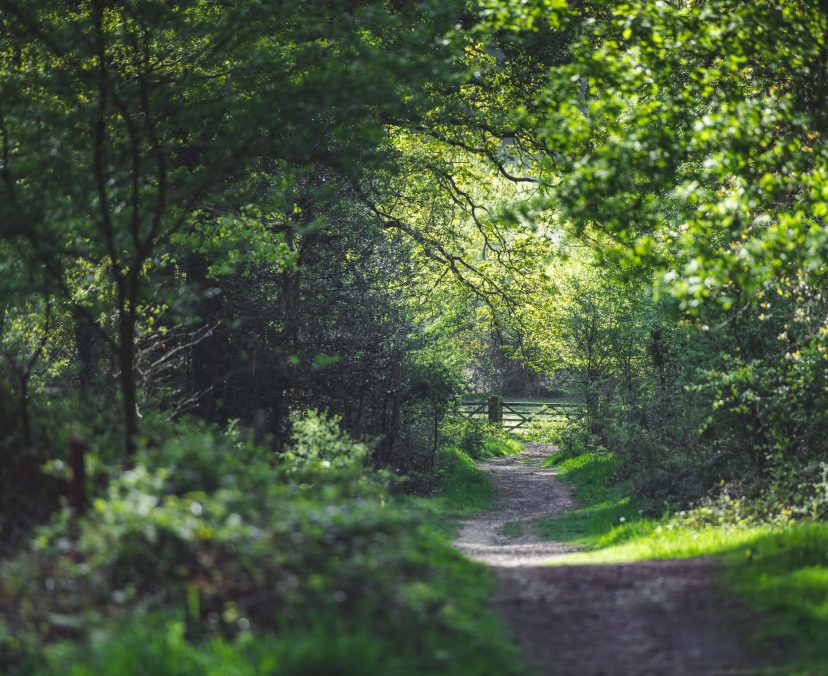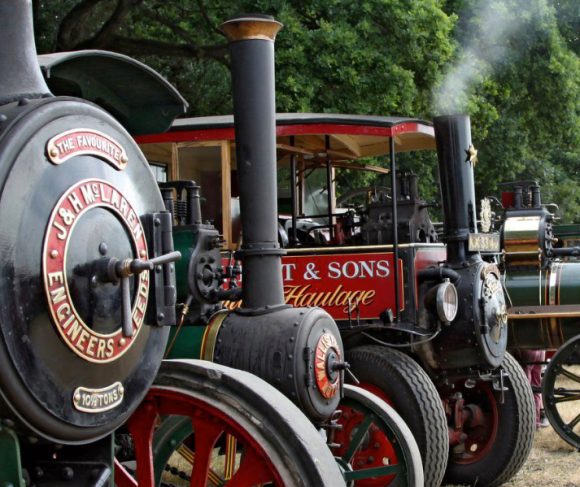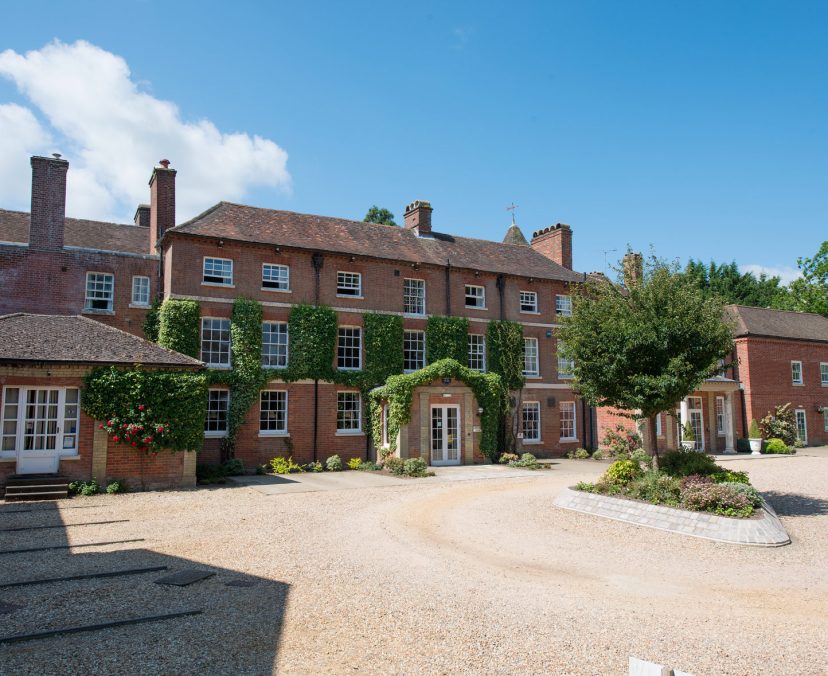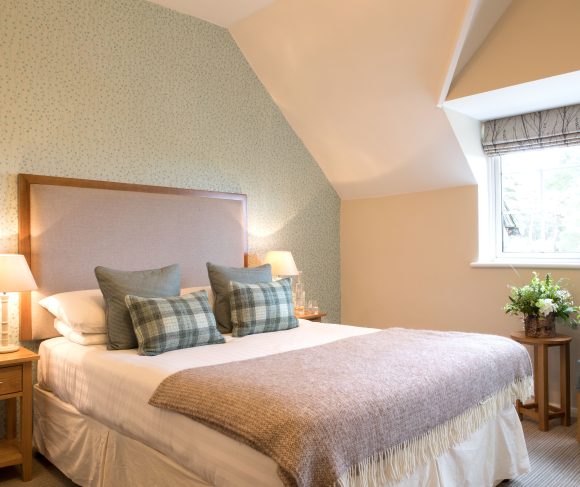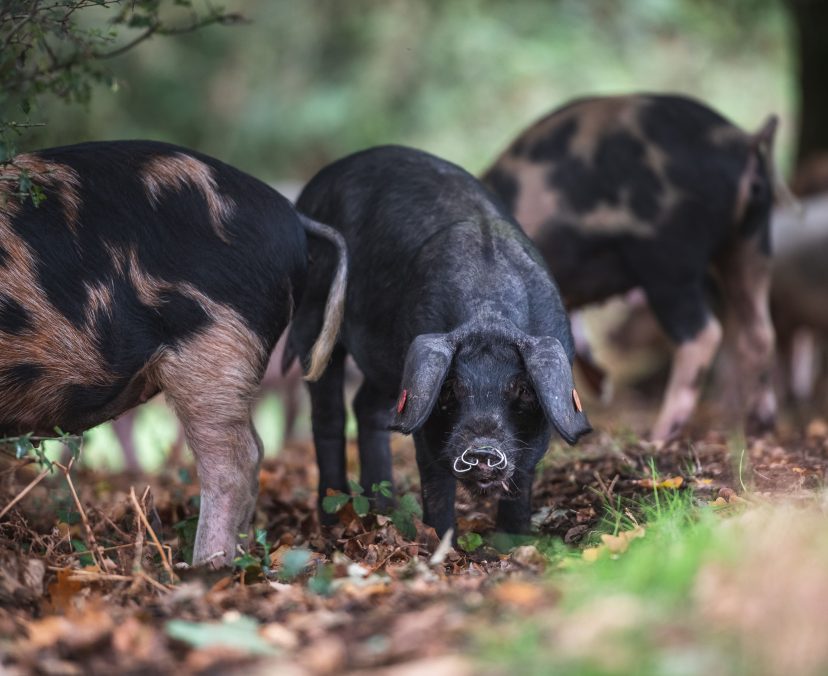
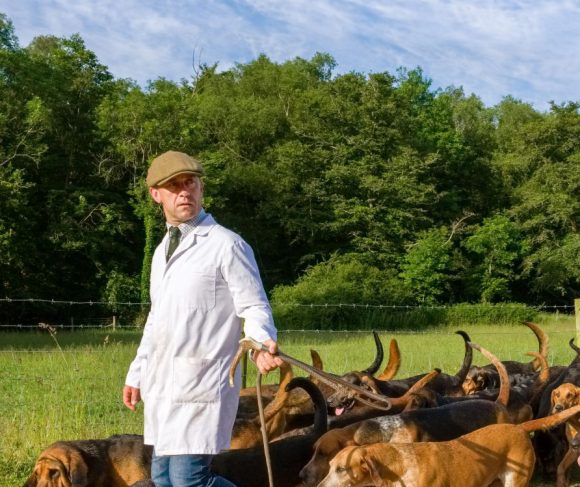
Discover the history
The New Forest is a region steeped in rich history, with fascinating historical sites around every corner. From charming churches to captivating ancient monuments and historic villages, the New Forest offers a delightful blend of natural beauty and cultural heritage that wows visitors from all across the world.
The New Forest is known for its picturesque villages, and one of the most enchanting villages in the New Forest is Burley. Nestled between rolling hills and ancient woodland, Burley exudes an old-world charm. Strolling through the village, you’ll undoubtedly encounter traditional thatched-roof cottages and quaint tea rooms, as well as sights of the local species that call the New Forest home. Burley is also known for its connection to witchcraft and English folklore, with a history dating back to the 16th century. The village is home to a delightful parish church, St. John the Baptist, which dates back to the 19th century. This beautiful church features stunning stained glass windows and a genuinely remarkable charm.
Another historic gem in the New Forest is the village of Lyndhurst, often referred to as the foodie capital of the New Forest. This charming village is home to the New Forest Heritage Centre, where you can explore the fascinating history and ecology of the area. While in Lyndhurst, you’ll certainly want to visit the impressive St. Michael and All Angels Church. Dating back to the 13th century, this church is a magnificent example of Gothic architecture, with its towering spire and intricate stone carvings.
A short distance from Lyndhurst, you’ll find the historic Beaulieu Abbey. Founded in 1204, the abbey was once home to Cistercian monks and played a significant role in the region’s religious and cultural history. Adjacent to the abbey, you’ll find the Palace House, a stately manor that has been home to the Montagu family for generations and boasts a splendid collection of artwork, vintage cars, and memorabilia, offering a glimpse into the aristocratic life of centuries past.
Further south of the New Forest, you’ll come across Buckler’s Hard, a unique village with a rich maritime heritage. Sat upon the banks of the Beaulieu River, Buckler’s Hard was once a thriving shipbuilding centre during the 18th and 19th centuries. The village played a crucial role in the construction of many British warships, including those used during the Battle of Trafalgar. However, today, Buckler’s Hard provides a living museum experience, with reconstructed shipwright’s cottages, a shipbuilding museum, and the opportunity to take a relaxing boat trip along the river.
Another fantastic place to visit within the New Forest is the Rufus Stone, a famous landmark, strongly attached to a local legend. Located near the village of Minstead, the Rufus Stone marks the spot where King William II, also known as William Rufus, was fatally shot with an arrow during a hunting trip in the year 1100.
Aside from the specific locations, the entirety of the New Forest National Park itself is a treasure trove of historical significance and of course, abundant beauty. The scenic woodlands, heathlands, and ancient grazing rights have remained largely unchanged for centuries, preserving the gorgeous landscape that dates back to medieval times. The park is scattered with archaeological remains, including incredible Bronze Age barrows, Iron Age forts, and Roman roads.
Whether you’re drawn to the charm of historic villages like Burley and Lyndhurst, the tranquillity of ancient churches, the allure of Beaulieu Abbey and Buckler’s Hard, or the mysteries surrounding the Rufus Stone, the New Forest is a truly remarkable destination for all kinds of tourists.
